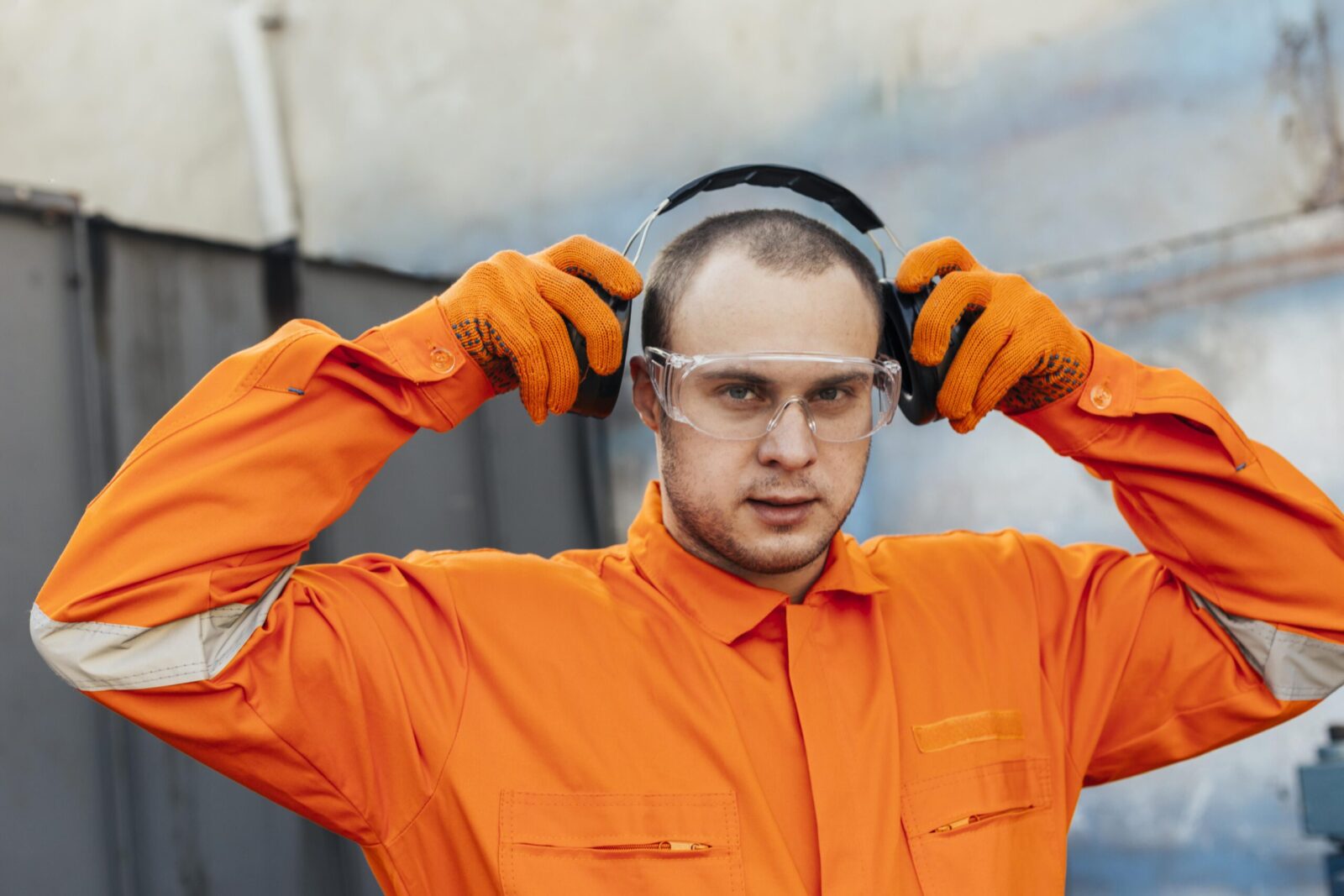
Essential PPE in the Food Industry: What You Need to Know
Overwhelmed by PPE options for food safety? Master your PPE selection for food workers safety with these practical tips.

Get 20€ off on your first order!
Safety goggles are an essential piece of personal protective equipment (PPE) in many industries, safeguarding eyes from hazards like dust, chemical splashes, flying debris, and harmful particles. For European workers, selecting the right pair of anti-fog safety goggles is particularly important, as fogging can significantly impair vision and increase the risk of accidents.
This guide provides a detailed, structured approach to choosing the best anti-fog safety goggles for your needs. It covers safety standards, key features, lens materials, fit, coatings, and maintenance tips. By understanding these factors, you can make an informed decision to protect your vision effectively in the workplace.
In Europe, it is very important to make sure that the safety goggles you buy meet all the necessary standards. These rules make sure that the goggles protect against certain hazards in the workplace.
If these standards are followed, the goggles will meet important safety requirements and work as they were meant to.
Fogging happens when warm, wet air hits cooler lens surfaces and turns into mist. This can make it very hard to see, which makes mistakes and crashes more likely. Anti-fog goggles solve this problem, which makes them essential in hot places, cold places, or when face masks are worn.
| Feature | Description | Best For |
| Anti-Fog Coating | Prevents lens condensation | Environments with fluctuating temperatures |
| Ventilation Type | Direct, indirect, or no ventilation | Chemical, dusty, or high-moisture areas |
| Lens Material | Polycarbonate, acrylic, or Trivex | Varies based on durability and clarity |
| PPE Compatibility | Works with helmets, respirators, or shields | Construction, healthcare, or manufacturing |
| Optical Clarity | Distortion-free vision | Extended wear in precision tasks |
Various jobs and industries call for particular kinds of safety goggles. Common situations are broken down here together with the matching goggles:
Goggles must fit securely without causing discomfort, especially for long shifts. Consider the following aspects:
Proper care ensures that goggles retain their protective features and last longer. Follow these maintenance steps:
An anti-fog coating keeps glasses from fogging up when they get wet, and an anti-scratch coating makes lenses last longer by preventing scratches that happen from normal use.
Indeed, numerous manufacturers provide safety goggles suited for prescriptions. Alternatively, wearers may choose over-glasses safety goggles that cover standard eyewear.
Look for markings like “EN 166” on the goggles, along with specific ratings for UV protection, impact resistance, or other relevant features.
As soon as your goggles start to show signs of wear, like lenses that are broken, straps that are worn down, or goggles that no longer block fog, you should get new ones.
Some manufacturers produce goggles using sustainable materials or offer recyclable options. Look for certifications or product information indicating eco-friendly practices.
When looking for the best anti-fog safety goggles, you need to think about the risks in the workplace, make sure they meet European standards, and make sure they are comfortable and last a long time. Focussing on important factors like anti-fog treatments, ventilation, lens material, and fit will help you choose a reliable pair that makes you safer and more productive. Safety goggles will last longer and work better if you take care of them and store them properly.
Thank you! You've signed up for our newsletter.



















Overwhelmed by PPE options for food safety? Master your PPE selection for food workers safety with these practical tips.

Struggling to maintain clear vision in demanding environments? This guide is here to help. By the end, you’ll know exactly...

Electricians across Europe face unique challenges that require reliable safety glasses to ensure both protection and efficiency. Whether safeguarding against...

Overwhelmed by PPE options for food safety? Master your PPE selection for food workers safety with these practical tips.

Struggling to maintain clear vision in demanding environments? This guide is here to help. By the end, you’ll know exactly...

Electricians across Europe face unique challenges that require reliable safety glasses to ensure both protection and efficiency. Whether safeguarding against...
Get 20€ off on your first order!
Save 30% by buying directly from brands, and get an extra 10€ off orders over €100
Save 30% by buying directly form brands, and get an extra 10€ off orders over €100